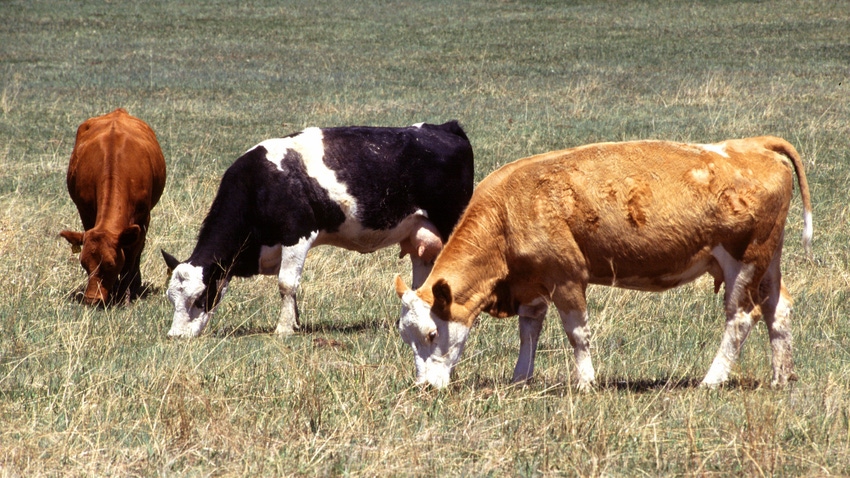May 25, 2023

By Micah Most
It is a busy time with lambing and calving in full swing, and the grass is finally entering spring green-up. Even with the long list of spring chores, it is never too early to start thinking about summer grazing plans.
Of the many questions that come to mind when planning how to best use available pastures during a growing season, one of the most important is, “How much forage will there be?” Grass productivity is limited by precipitation, so watching a meteorologist make predictions on the nightly news or checking a smartphone weather app are a couple ways ranchers can begin to think ahead to future conditions and their impact on pastures.
Most weather reports are limited in scope to a week, some up to 10 days, because of the way their models work, and the probabilities become less certain farther out than that. Wouldn’t it be nice if there was a place to look that built on historical weather data, forage production data, and current weather outlooks? Enter Grass-Cast, a tool constructed through a partnership between the USDA, the University of Nebraska Drought Mitigation Center, Colorado State University, and the University of Arizona.
What is Grass-Cast?
Grass-Cast is available for several counties in Wyoming, including most of Johnson, Converse, Laramie, Niobrara, Platte, Sheridan, Washakie, and Weston Counties. It is limited to areas where historical records of forage production are present and where grass species are predominant in the landscape. It does not work well to estimate forage production in tree- or shrub-dominated places, which rules out parts of Wyoming with extensive forest or sagebrush vegetation.
Grass-Cast generates a series of maps starting in April and continuing through the end of August. Beginning with the average historical forage productivity for a specific site, the tool predicts whether ranchers should anticipate near normal, above normal, or below normal forage growth. Maps are updated every two weeks to reflect changing conditions. For example, this winter much of Wyoming had above average precipitation, which has replenished the soil moisture profile in many parts of Johnson County. The first maps generated this spring will likely indicate forage production above average if wet conditions persist.
After the tool was first constructed, feedback from ranchers led to the development of three separate outlooks for potential above normal, at normal, and below normal precipitation. This added a level of nuance and improved the efficacy of Grass-Cast as a decision-making tool.
Now, when Grass-Cast is accessed, it appears as a three-part map that displays expected grass production given each of these scenarios. As a grass productivity forecast, these values are obviously subject to change with short notice in response to local weather patterns. However, anticipating pasture conditions based on both historical and real-time data provides a level of predictive power not possible with meteorological models alone.
Where to find Grass-Cast
Grass-Cast is available online at grasscast.unl.edu. The homepage features a static map, and zoomable maps can be accessed using the menu on the left of the page. Each unit of area makes up a pixel of color on the map and represents an area of 6 miles by 6 miles. New forecast maps for the 2023 growing season are available now. Recorded webinars and instructions for use are available through other tabs in the menu on the left of the page. Call Most at the Johnson County Extension Office if you have questions or would like assistance navigating the website.
Most recommends locating the Grass-Cast website and bookmarking it or saving the link. Mother Nature has a way of changing her mind, and Grass-Cast might have some useful information when the question, “How much forage will there be?” pops up again.
Reporting local weather
Other tools are available for reporting weather and climate impacts on agricultural and recreational activities. The Community Collaborative Rain, Hail and Snow Network (CoCoRaHS) allows independent observers to report daily precipitation as well as submit condition monitoring reports. These community reports are utilized by the Wyoming state climate team when they construct drought monitor maps, which in turn inform drought relief funding decisions.
Most ranchers religiously track their local precipitation already, and this is a simple step to make that data publicly available. By submitting a monthly or twice monthly conditions report, drought map accuracy is improved.
[Micah Most is the agriculture and natural resources educator with University of Wyoming Extension serving Johnson County. He can be reached at [email protected] or (307) 684-7522.]
Source: University of Wyoming
You May Also Like




